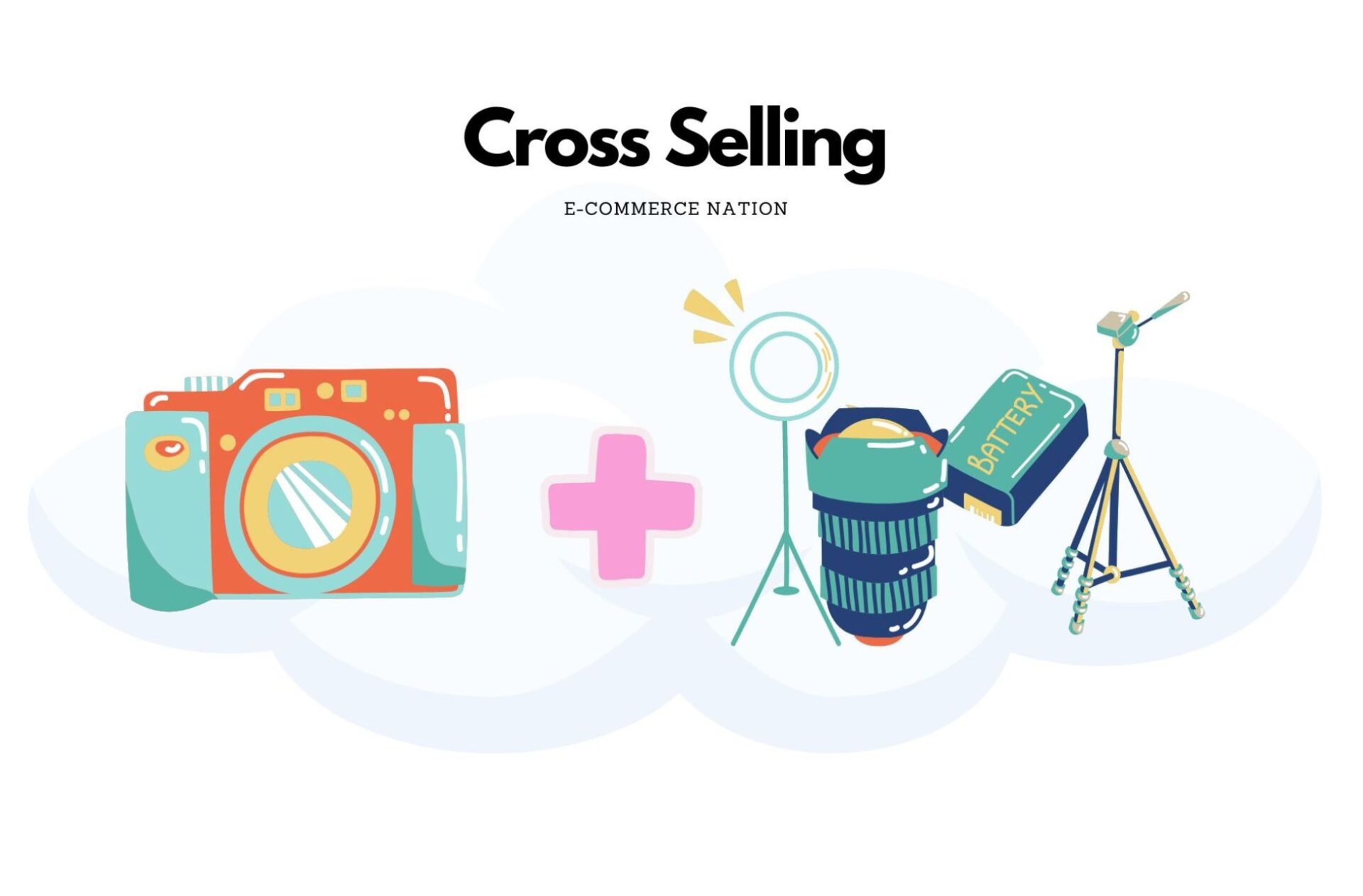Imagine a situation where an online buyer really likes a product and wants to purchase it but is not quite sure about the quality, there are fewer reviews and user-generated content, he/she is unable to get a virtual feel of the cloth, etc all these are common barriers that stop consumers from shopping online. If you run an e-commerce platform and want to avoid such problems then continue reading.
How can the in-store experience, where customers may try items on or test them out, be replicated online? It helps bridge the gap between the consumer and the product as well as between offline stores and online shopping by making visual content the focal point of the e-commerce experience.
Why add more visuals?
- According to an MIT research half of the human brain is dedicated to processing visual information.
- Research by psychologist Jerome Bruner shows that people only remember 10% of things they hear and 20% of what they have read, around 80% of people usually remember things they see.
All this makes visual commerce a prelude to a successful e-commerce site.
What are a few important elements to consider while setting up visual commerce?
AR/VR assistance
To give clients a customized purchasing experience, your website must have the capacity to include augmented reality and virtual reality material. Customers are becoming more and more interested in it; according to a survey, 30% of Gen Z and millennial customers want AR/VR technologies included in their online buying experiences.
Image adaptability
By Image adaptability, I mean the capability to format the images on your shop so that your content loads as soon as possible. This enables you to load your eCommerce website with many high-resolution photographs without sacrificing site performance.
Reusability of content across channels
The ability to reuse visual material across many channels and areas of your website is referred to as content reusability. It aids in maintaining visual coherence across many platforms, including social media sites, applications, browsers, and mobile and desktop platforms.
Furthermore, content reuse makes it simple to give clients a full omnichannel experience—something that many businesses find difficult. As problems can quickly accumulate when working with a lot of visual data, you should make sure your present visual commerce platform can handle content reuse and omnichannel.
What should you include in these visuals?
A simple answer is- Tell your brand story, in a language that every audience loves and understands, through visuals.
To elaborate on the answer, here are a few elements that will help you to tell your brand story effectively-
Appealing product page through visuals
Giving customers the information they require where they need it, on the product page, is one of the finest ways to create an engaging buying experience for them.
Product images and written descriptions are not enough for best-in-class brands. To give customers a thorough understanding of a product, they blend these conventional features with lifestyle product images, demo films, reviews and ratings, and customer photos.
According to Internet Marketing Association- Millennials are 20% more influenced by user-generated content (UGC) than by other media. So completing the high-quality product images with customer reviews will result in an effective strategy.
You can read more about the impacts of user-generated content in the “Decoding the Meaning of User Generated Content (UGC)“ article.
Make your social media post shoppable
Visual content that links straight to a checkout page converts surfers into customers, whether it be an Instagram post that can be purchased or a brand-specific clip with integrated product links. Among the most recent upgrade in visual commerce is the capacity for brands to post shoppable content directly on major platforms, thanks to the aggressive pace at which social media platforms are releasing new features.
Any good marketer understands the importance of going where your customers are, and in today’s world, it’s very likely that your customers are using social media. On average, consumers spend more than an hour a day on social networking networks.
Dedicated space to share customer’s voice
At every point in the funnel, there are visual commerce tactics that are effective. Making a gallery of client images and videos is a potent strategy for the discovery stage. A collection of visual CGC gives a better idea of how a company and its goods appear to the general public. Bonus points if the gallery leads back to the respective product pages so that it can be purchased.
With genuine, real-world images taken by real people, galleries aid in creating a lifestyle image for a brand. Any marketer trying to stand out from the crowd can benefit from developing a name as a lifestyle brand.
UGC has emerged as a powerful tool for connecting with audiences and expanding your fan base. In fact, UGC posts have a conversion rate that is 4.5% greater than posts of other types, based on the most recent Instagram statistics.
UGC is undoubtedly just something e-commerce marketers should take advantage of, especially since it can be used to build social proof and consumer confidence.
Additionally, UGC takes use of the crucial component—real people interacting with your brand—that we have highlighted. UGC gives your brand a more approachable, solid, and trustworthy appearance.
UGC also spares e-commerce marketers the need to produce material themselves while maintaining the activity on their social media sites.
Gamification
Most product makers have never had much success with product placement in video games. Due to the general dislike of excessive advertising in entertainment, this is the case.
However, the contrary has abruptly become far more commonplace in recent years—branded games made for specific products.
Despite being product promotions themselves, games like LEGO Star Wars have become bestsellers.
Another change has been the prevalence of mobile gaming devices and their lower price as compared to conventional gaming consoles.
Conclusion
In sum and substance, visuals are now not just eye-pleasing elements of a website, they are a must-have tool if you want your e-commerce business to grow and come out as authentic. If you want to stay ahead of your competition then use this article as a yardstick to build the best visual commerce for your amazing e-commerce site.
Image credit: Rytis Jonikas





